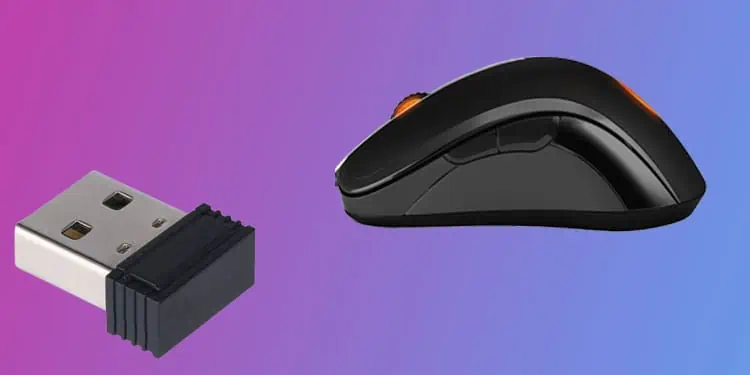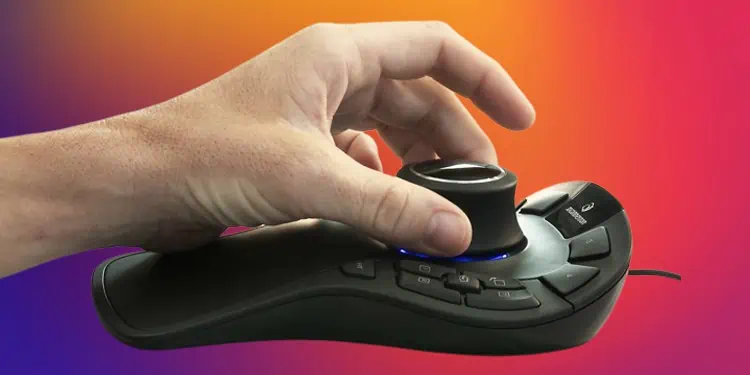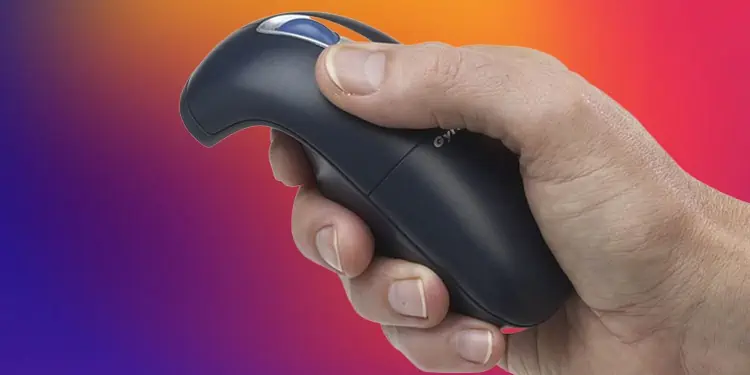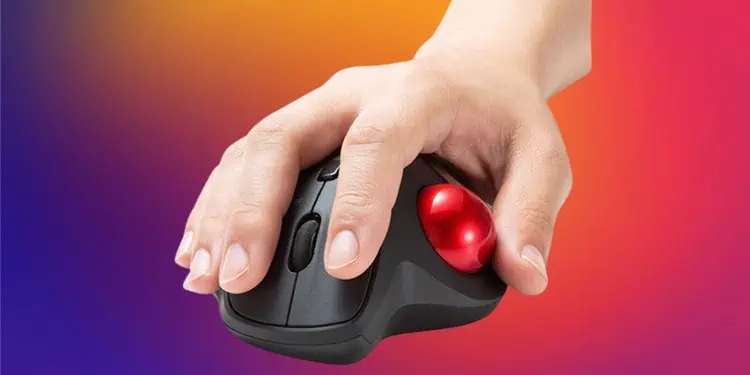With all the addition of new technology and features, there are many different types of mouse with different working principles.
From ball mice that use mechanical precision, optical mice that use light sensing technology, to wireless mice that use radio frequency. The computer mouse may look plain and unassuming, but it is not so simple. There’s an interesting insight into how it actually works.
So, in this article, we explain the different types of mice and how each of them works.
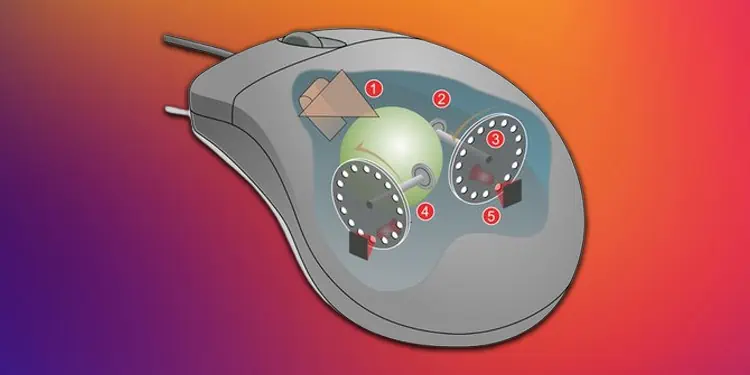
What is a Computer Mouse?
A computer mouse is a pointing device for easy navigation of any a PC’s graphical user interface. In a nutshell, a mouse is a device you use to move the mouse pointer around.
Almost all mice are used for two-dimensional navigation on a flat surface. However, the advancement of technology has introduced us to the likes of 3D mice and Gyroscopic mice. The mouse is named so because it resembles an actual mouse.
Different Types of Mouse and How They Work
While the functions of a mouse do not vary much, there are several different types. Some of them use different technologies, and some have different features. Here are all the different types of mice and how they work.
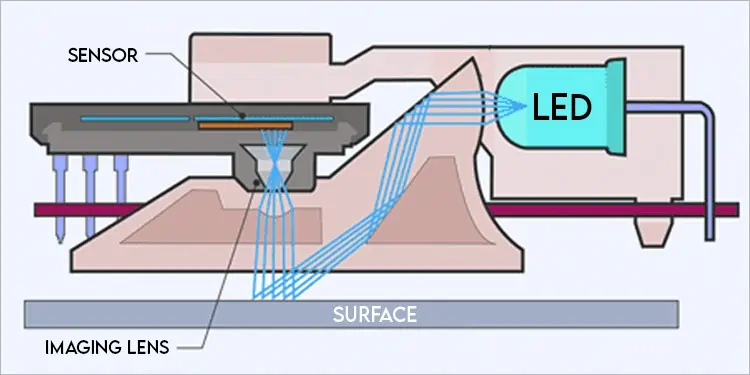
A ball mouse is a type of mouse that uses a rubber ball to track a user’s hand movement to move the cursor. It is one of the very first kinds of the mouse. Furthermore, the name mouse was also based on an early model ball mouse that used to have a wire cord on its rear.
The ball mouse works by rolling a ball at the bottom of the mouse after it comes incontact with the surface. As the user’s hand moves, the ball rolls in different directions, and the mouse hardware pick it up.
The mouse knows where the ball is rolling and how far it is rolling by two wheels that spin as the ball rolls. If the ball rolls forward, one of the wheels also spins with it. The other wheel is oriented so that the wheel spins when the ball rolls to the side. If the ball rolls diagonally, both of the wheels spin simultaneously.
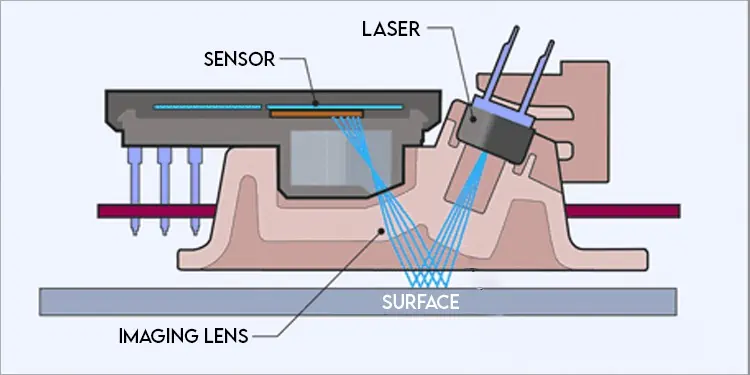
The wheels are shaped like a gear with all its teeth covered, leaving small holes along its perimeter. The mouse internal has a LED light that shoots light through the hole of the wheel to the other end, where there is a detector. Whenever the wheel moves, the gear teeth shape in the wheels blocks the light and rejoins whenever the wheel holes align again.
This causes the light to break and reform as the wheel moves continuously. The more the light flickers, the more distance the mouse has moved. The faster the light flickers, the faster the mouse has moved. The detector detects it all and sends the information to the computer to move the cursor.
Optical and Laser Mouse
Optical and laser micework similarly, but their light sources differ. An optical mouse uses LED light to determine the mouse movement, while the laser mouse uses a laser.
